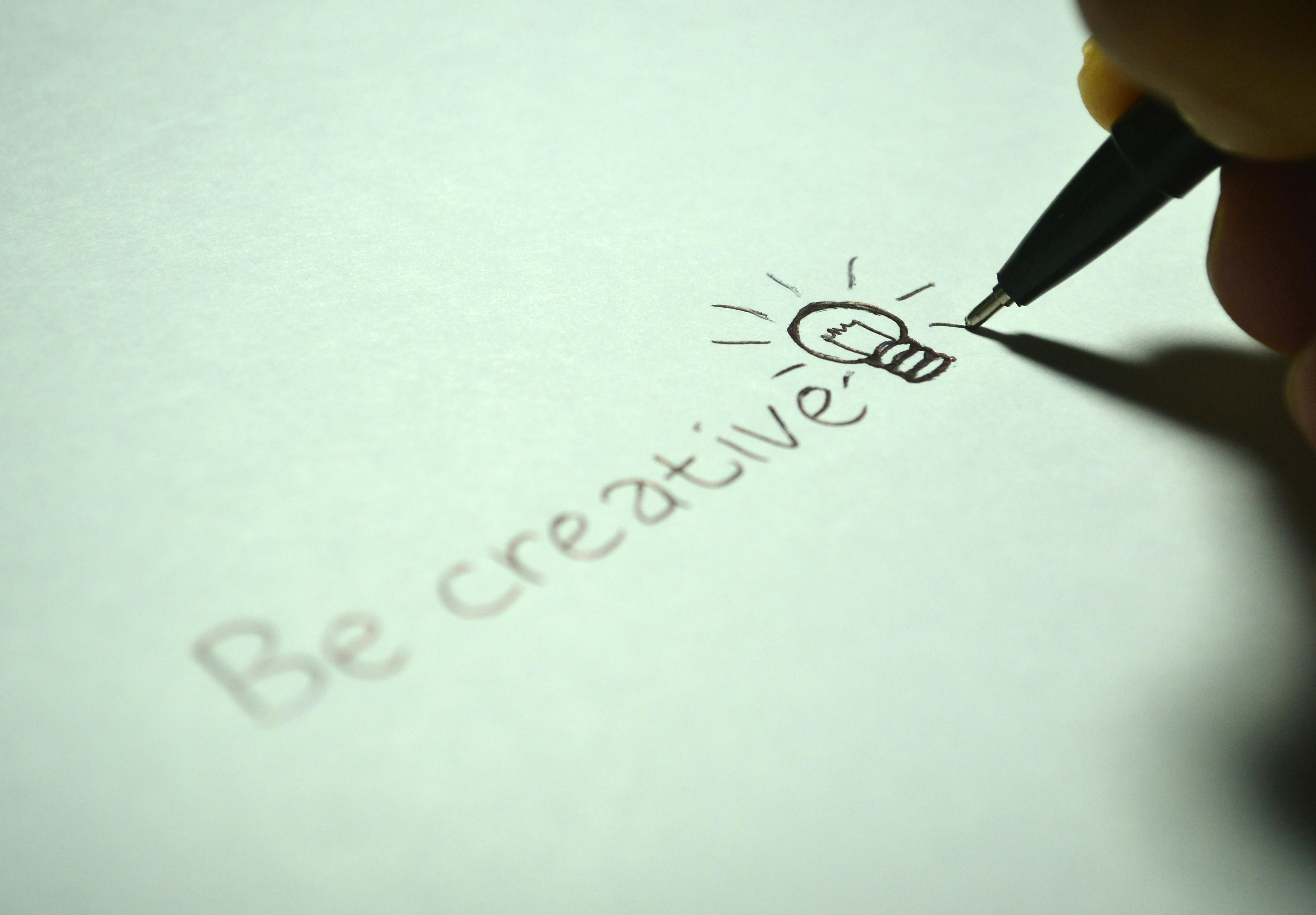How To Use Asana with Your Executive Assistant for Enhanced Productivity

Table of contents
The Path to Becoming an Athena Assistant
Only the top 1% of applicants make it to the Athena Bootcamp – an acceptance rate more exclusive than Harvard University.
When tasks and deadlines live in too many places, even organized leaders can lose track. Asana creates a single source of truth where projects, calendars, and priorities come together. Knowing how to use Asana with your executive assistant (EA) can transform a chaotic to-do list into a well-orchestrated workflow, boosting productivity and streamlining collaboration.
Explore how to use Asana for project management alongside your EA to help you stay aligned and moving forward.
The Importance of Scheduling With Your Executive Assistant
Effective scheduling is the foundation that allows everything else, from decision-making to long-term planning, to run smoothly. EAs are experts at smart scheduling and time management. An experienced EA will strategically shape your workday, creating space for focused work that drives results.
Athena Assistants take calendar management a step further. Rather than following an existing framework, they design schedules that anticipate your needs, reduce friction, and give you greater control over your day.
How Asana Transforms Executive Support
Asana is a versatile project management tool that helps executives stay organized and work efficiently. Beyond basic task tracking, Asana allows EAs to set due dates, assign responsibilities, and monitor progress. Since tasks and communication are in one place, it’s easier to keep stakeholders aligned, reducing the need for constant back and forth.
Asana’s scheduling features enable more strategic time management. EAs can use the platform to map out complex schedules and set reminders for critical deadlines. This makes prioritization easier, ensuring urgent items get immediate attention and long-term projects stay on track.
Asana Features Every Executive Needs To Know
By mastering a few core features in Asana, executives and their assistants can streamline workflows and gain complete visibility of projects. Here's a breakdown of the key features to know:
- Task assignments: Assigning tasks clarifies who’s responsible for each action item. As well as strengthening accountability, this feature ensures important and urgent to-dos don’t get lost in the mix — everyone knows what they own and when to complete it.
- Calendar views: Asana’s calendar views provide a clear picture of all upcoming tasks and deadlines. This makes it easier to spot potential conflicts, balance priorities, and plan time effectively. At a glance, executives and their assistants can see where to make adjustments to keep schedules realistic.
- Reminders and alerts: Automated reminders keep deadlines visible. EAs can set alerts for both themselves and leaders, so projects and workflows maintain momentum.
- Project templates: EAs can use templates for recurring or standardized workflows, saving valuable time and supporting consistency across tasks and teams. Templates can also be tailored to meet different executive needs, from meeting prep to strategic initiatives.
- Customizable priorities: This feature lets EAs categorize tasks by urgency, importance, or project type. Custom tags make it easier to filter tasks based on current needs and monitor work across multiple projects.
- Reporting tools: Asana’s tracking and reporting tools show how tasks are moving along. EAs can design dashboards that reveal bottlenecks and successes, allowing leaders to make more informed decisions and allocate resources where needed.
Setting Up Effective Scheduling Workflows in Asana
By setting up projects with clear, organized workflows and leveraging built-in features, leaders and assistants can reduce busywork while keeping everything running smoothly. Here’s how to get started.
1. Select Project View
Start by creating a new project and selecting the view that best suits your needs. Boards work well for ongoing tasks, while lists and timelines are better if you’re managing deadlines.
2. Add Sections and Fields
Next, add sections for each stage of your workflow, such as To Do, In Progress, or Done. You can also use fields to highlight priorities and due dates so your team sees the most important information right away. Customize both sections and fields to match your goals, whether that’s improving efficiency or hitting certain financial targets.
3. Align on Standards and Goals
Lastly, make sure your team agrees on communication standards within the project, and link tasks to larger shared goals. That way, everyone understands what needs doing and why it matters, creating clarity and alignment across the entire workflow.
As you get more comfortable with Asana, you can take advantage of other features for saving time and reducing busywork. Asana’s rules let you trigger actions, like assigning work when it reaches a new stage or updating statuses as deadlines approach. If you have repetitive tasks, such as weekly check-ins or monthly reports, you can set them to recur automatically, too.
Collaborating Seamlessly With Your Executive Assistant in Asana
Asana is a leading tool for executive assistants, but it’s even more powerful when you have defined systems for communication, task tracking, and prioritization. Here are a few Asana tips for smoother collaboration with your EA:
- Create a shared project dashboard: Create a dedicated project for executive support where you and your assistant can track priorities and timelines in one place.
- Delegate tasks: Assign work directly to your EA with clear due dates and context, and maintain some visibility so you can monitor progress without constant check-ins.
- Use tags and custom fields: Organize tasks by urgency, category, or priority level so your assistant knows exactly which items need attention first and what can wait.
- Set up recurring tasks: Automate responsibilities like weekly reports, calendar reviews, and agenda prep to save time and shift focus to more high-value work.
- Talk where the work is: Keep communication tied to specific tasks by using comments instead of emails to preserve context and alignment.
- Leverage integrations: Sync Asana with your calendar, email, or both so you and your EA can view meetings and requests in real time.
Maximizing Productivity and Driving Results With Asana
When used strategically, Asana can transform the way you work. Having a single space to track projects and progress reduces the time spent searching for information or chasing updates across multiple tools. It also promotes transparency, allowing team members to see who is responsible for what and how their contributions impact larger goals.
Here are some of the ways Asana maximizes productivity and drives results:
- Centralized task management: When all tasks and projects are housed in a central system, it prevents wasted time and confusion. Important details don’t get lost within emails or different apps, making it easier for your team to stay focused.
- Improved collaboration: Greater visibility around timelines and expectations helps avoid bottlenecks and supports collaboration. Team members can better coordinate their responsibilities and key tasks so there’s less overlap or duplicate efforts.
- Automated processes: Automating rules, reminders, and recurring tasks cuts down on repetitive work, giving teams more time for high-value activities. Automation also decreases errors and keeps workflows consistent, even when workloads increase.
- Goal alignment: Linking tasks to bigger objectives helps prioritize work that directly impacts success. This ensures daily actions advance long-term goals.
- Real-time updates: Calendar and dashboard views make it easy to track progress and adjust plans. Teams can respond to changes in real time and make informed decisions on what to do next without waiting for status updates.
- Enhanced accountability: Clear ownership of tasks encourages follow-through. When everyone knows who’s assigned what task, it’s easier to track performance and maintain accountability.
Why Athena Executive Assistants Excel With Asana
Athena Assistants are trained to use tools like Asana, giving busy leaders the structure and support to scale effectively. Unlike traditional assistants, our EAs use Asana to anticipate executive needs, spot inefficiencies, and streamline collaboration across teams. By combining strategic thinking with automation, integrations, and reporting, Athena Assistants create balanced workflows to help you perform your best.
Get Started With an Athena Assistant
Athena EAs are strategic partners in your success. They have the knowledge and experience to design workflows in Asana that keep your priorities organized, deadlines visible, and projects moving toward your goals. By making communication clear and automating repetitive work, Athena Assistants maximize productivity and empower you to scale with confidence.
If you’re ready to regain focus and time, get started with an Athena Assistant today.
You might also like
No items found.










